Confirmed?The lake of Mars really exists, will there be water?
Author:Astronomy online Time:2022.06.16
The barren brown rock hills are of messy rocks in the prospects.
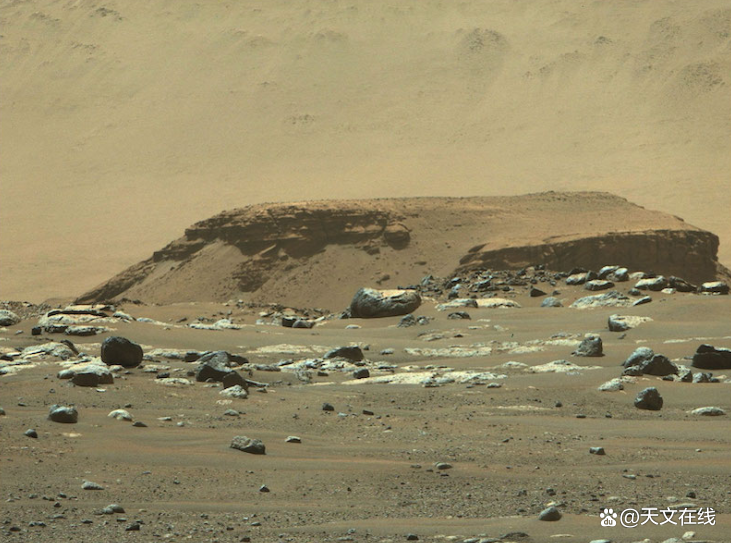
In the ancient river Delta discovered in the Jezero meteorite pit, the photo is the perspective of steep slope A. This photo was taken by Perseverance on April 17, 2021. The picture comes from NASA/JPL-CALTECH/ASU/MSSS. NASA's perseverance is looking for evidence of Mars' life. The Jezero meteor pit has the ancient ruins of Mars Lake, which may be one of the most valuable places. Earlier, the rail spacecraft showed that the meteorite pit contained a riverside Delta that was still visible. Now, images from Mars car confirmed this ancient lake, and also found the evidence of river flow in it. Surprisingly, the traces of the outbreak of mountain floods were found.
The new peer review results of the perseverance task team were published on October 7, 2021 in the magazine of Science.
Delta provides clues about Mars Lake
In particular, this Delta itself provides a lot of clues about the water in the Jezero meteorite pit. The Mars car took a detailed image of the Delta, which showed the steep slope of the steep slope. This Delta is like the Delta on the earth, which is piled up from the sediment. These images were taken by the left and right MasterCam -Z cameras of the roamers and its remote micro imaginger (RMI), which is part of the super camera instrument.
Now, we know that not only one of the lakes fed by the river form a Bougainvillea, but also the later mountaineering outbreak brought the big boulder into the Delta.
With a triangle formed and marked brown land orbital view.

The orbital view of this Jezero meteor pits Delta shows the current position of Delta, Codiak and Mars. The picture comes from NASA/JPL-CALTECH/University of Arizona/USGS.
The barren rock ridges under the yellow sky, with close -up shots on the top of the rock.
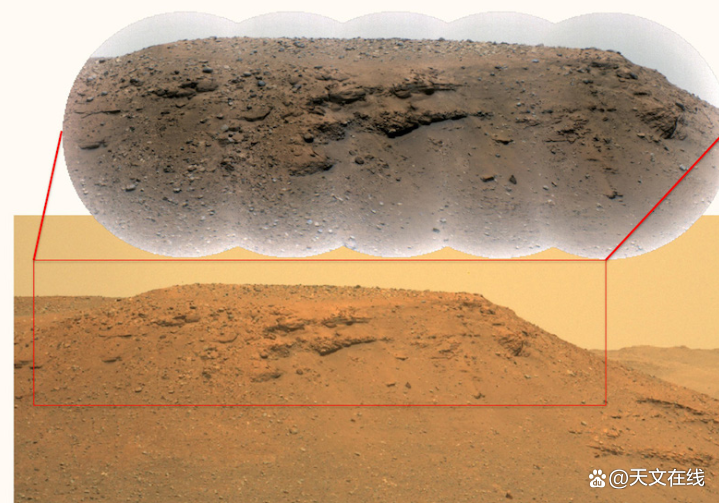
One of the steep slopes of ancient Delta. This photo is generated by the data of the Mastcam-Z instrument of the Perseverance Roaming. The illustration is a close -up provided by the remote microscopic imaging (part of the Supercam instrument). The picture comes from NASA/JPL-CALTECH/LANL/CNES/CNRS/ASU/MSSS.
The rock formation on the ground showed a large hill behind and there were boulder at the bottom.

Cordiak rock formation, a "break" of the Delta. You can see the main part of the Delta behind it. The picture comes from NASA/JPL-CALTECH/University of Arizona/USGS.
Cediak Rock
In addition, more signs of ancient water comes from the rock layer called Codiak. The rock layer is about one miles from the current position of the Mars car, and the distance between the steep slope is the same. By checking the image of the rock layer, the scientists participating in the task determined the time for the formation of different geological sediments. The rock layer is now "separated" from the main Delta, but it was closer to the southern edge of the Delta.
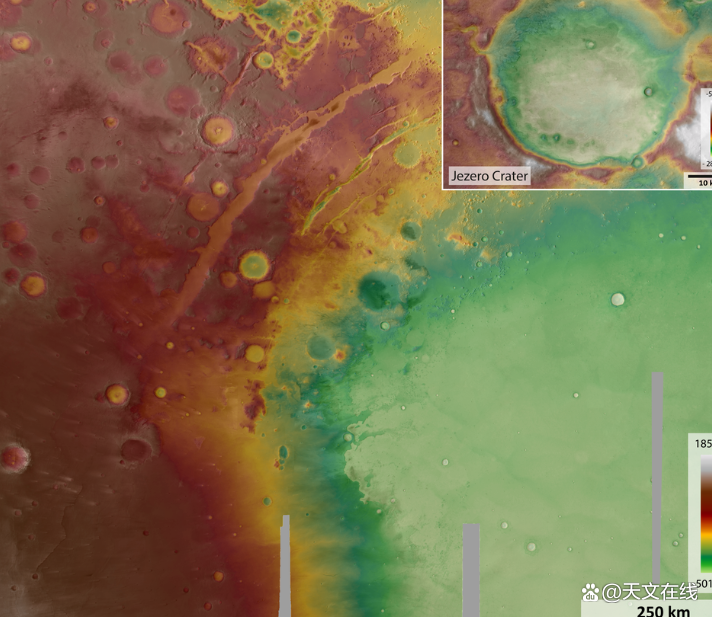
These images show the hierarchy of horizontal and inclined, as seeing the Delta on the earth. Nicolas Mangold, the main author of the French Planet and Earth Dynamics Laboratory (LPG) papers, commented on the importance of these discoveries. He said:
I have never seen such a well -preserved strata on Mars before. This is a very critical observation result. We can confirm that Jezero exists in lakes and rivers. We can better understand the hydrological situation here a few months before the detector reaches the Delta. This discovery will get a huge return in the future.
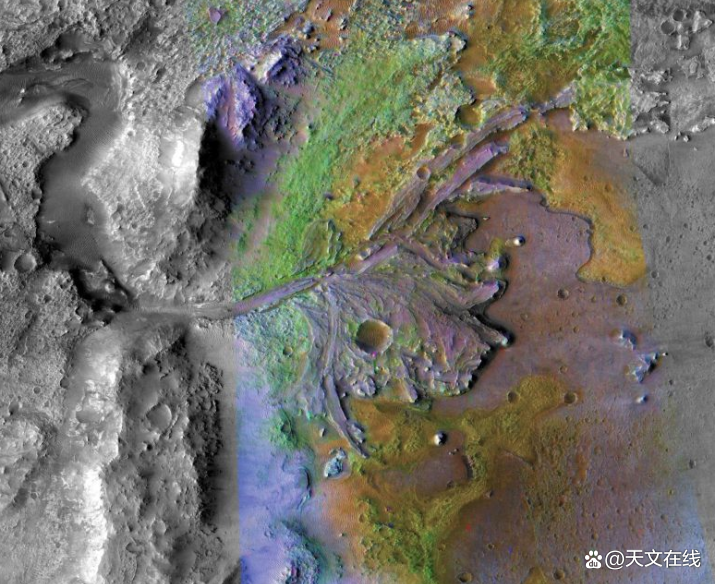
A man wearing a green jacket and a knitted hat stood in front of the rock layer, and there was a cloud in the sky.
Whether the water existence of water in the Jezero meteorite was led by the French planetary and Earth Dynamics Laboratory (LPG) Nicolas Mangold. The picture is LPG.
Unexpected giant stone
Before the perseverance mission, scientists were convinced that the Jezero meteorite pit was once a lake, and the Delta strata were also a Delta. Now, the perseverance has confirmed the two. However, this is not all. Another surprise of Mars cars found that unexpected boulders appeared on the cliffs. In other words, they are the youngest and top layers of the Delta. Some of these boulders may weigh several tons.
Mandord said: We saw a clear rock formation on the cliff, which contained a boulder with a diameter of 5 feet (1.5 meters), which theoretically they should not appear there.
So why did they appear there?
Wound
The scientist of the mission said this is evidence of the outbreak of the flood in the past. Basically, the river that flows into the Delta is slower. These boulders cannot be moved, and the floods with faster flowing speeds can be moved to move these boulders. In fact, some boulders have been transported for dozens of miles. The speed of water is estimated to be 4 to 20 miles/h (6 to 30 km/h).
Benjamin Weiss in MIT: Benjamin Weiss added:
You need a powerful flood to have conditions to carry large and heavy rocks. This is a special climatic event, which may indicate fundamental changes in local hydrology or regional climate on Mars. There are round lakes flowing into the river.
As the artist's illustration shows, the edge of the Jezero meteor pit was full of water. The River that forms the Delta is located on the right side of the image. The picture comes from NASA/JPL-CALTECH.
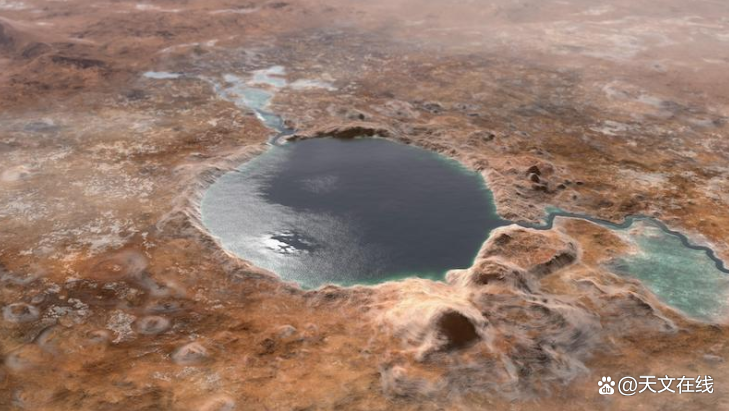
Undulating lake water
In addition, the new evidence supports the previous thoughts of scientists, that is, the lake has been extended to the edge of the meteor pit. However, this also shows that in the later period of the history of the lake, the water level will fluctuate over time. By then, the water level was about 330 feet (100 meters) lower than the highest water level. In the end, just like other places on the earth, the lake was completely dry.
Sanjeev Gupta from the Empire Institute of Technology in London is a co -author. He said:
To better understand the Jezero Delta is the key to understanding the changes in the region. It may understand the reasons for the entire planet and provide valuable insights.
Looking for life in ancient Mars Lake
In general, the main task of perseverance is evidence to find ancient microorganisms. As the researchers also pointed out, there are fine -grained clay and mudstracks at the bottom of the Delta cliff. These are the ideal choice to preserve the fine evidence of biological characteristics. What will Mars cars find there? Tanja Bosak, a global biologist at MIT, said:
We now have the opportunity to find fossils. But there is still a period of time since the rocks we have obtained with signs of life. Therefore, this is a long -term research journey.
The colorful bird's view of the dried riverbed and duck -footed triangle.
This is a color enhanced image (to display the details) of the ancient Delta (MRO). Perseverance Martian car landed in the area in the lower right corner of the image. The picture comes from NASA/JPL-CALTECH/ASU.

Gupta said in detail:
These results also affect the choice strategy of rock sampling. The fine -grained substances at the bottom of the Delta may find the best choice for organic matter and biological characteristics. The boulder at the top can provide old crustal rock sampling. Both are the main goals of sampling and cache.
Bottom line: images from the Astrovask of NASA confirmed that the Jezero meteor pit was an ancient Mars Lake. In addition, a large Delta formed by the river, and evidence that the floods that brought large boulders into the lake were found.
By: Paul Scott Anderson
Fy: Starry
If there is related content infringement, please contact the author to delete after the work is released
Reprinted, please obtain authorization, and pay attention to maintaining integrity and indicating the source
- END -
[Safe safety] Keep the "money bag" (2) annual interest rate.

Information Security Research opens the [Manghua Security] column, welcome everyon...
The finals of the 24th China Robot and Artificial Intelligence Competition (Gansu Division) were held in Lanzhou New District

On June 26, the 24th China Robotics and Artificial Intelligence Competition (Gansu...